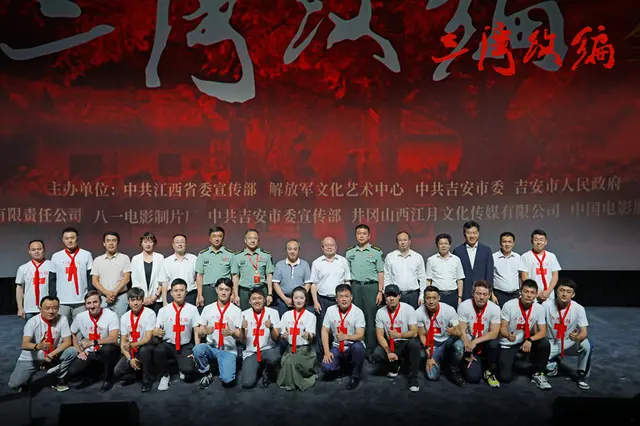Sanwan Reorganization, a revolutionary epic about a milestone chapter in the history of the Communist Party of China, held its premiere in a Beijing cinema specially built as a supporting venue for Beijing's CPC Museum on July 10.
The film will be released in mainland theaters on July 19.
Under the helm of August First Film Studio's veteran director Yang Hu, the film follows Mao Zedong and the military leaders of their revolutionary army's retreat into the Jinggang Mountains bordering Jiangxi and Hunan provinces after the failure of the Autumn Harvest Uprising in 1927.
When the army arrived in Sanwan, a village of around 50 households in rural Jiangxi province, Mao decided to reorganize the army, establishing grassroots Party branches in each of the army's companies and requiring soldiers to be treated equally to officials.
Deemed as a turning point in the history of the CPC, the influential strategy has since ensured the Party's absolute leadership of the army, laying the foundation for the revolutionary victories.
Chief producer Liu Jianting said the film was prepared for three years before the actual shooting and post-production, which took another four months.
Director Yang Hu said the film can also be interpreted as a journey to trace Mao Zedong's inner struggles and painstaking effort to seek a breakthrough when the great historic figure was 34 years old.
There were more than 5,000 people in the army at the start of the Autumn Harvest Uprising, but the total was reduced to less than 1,000 when they arrived at Sanwan village. Those who survived and decided to stay in the army became the elites and made a huge contribution to China's revolutions, Yang said.
 简体中文
简体中文





